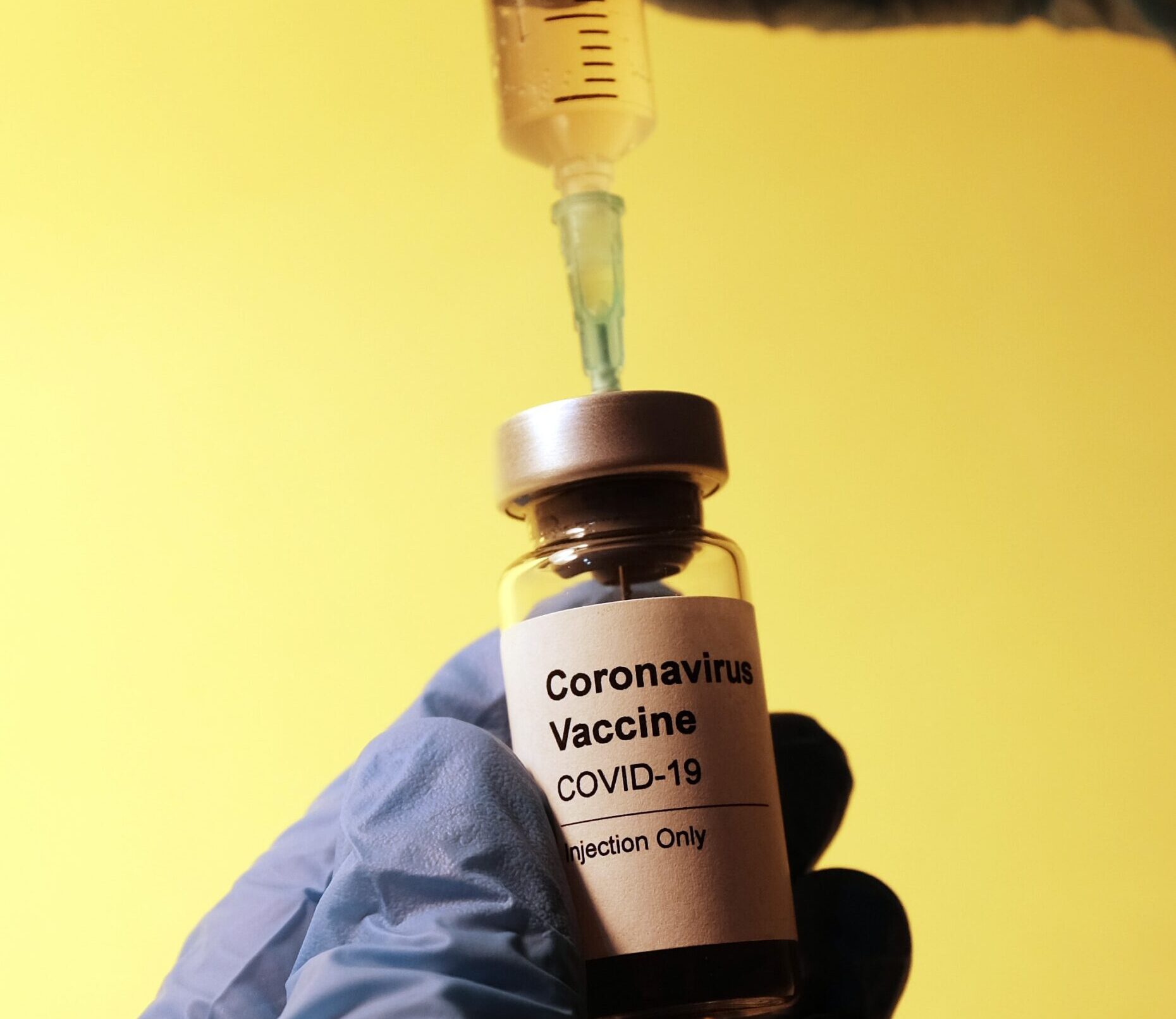Written by Jamil Ahmed, Distinguished Engineer at Solace
Industries such as financial services, e-commerce, and aviation all survive on real-time data, fuelling systems that process thousands of updates, or ‘events’, a second. However, real-time data does not have to solely be the domain of the private sector. When it comes to the most pressing issue of our time, the vaccine rollout, the power of real-time could take the UK’s efforts to the next level.
Major progress
With three vaccines being rapidly delivered across the UK, we are all excited to see that the world may return to ‘business as usual’ within a couple of months. The general public, understandably, is keen to follow the progress of the rollout.
As the number of vaccinations rises, Sky News has added a ticker alongside the usual FTSE share price index, to update us on how many people the jab has been administered to.
However, the two ‘tickers’ on display are very different in nature. The FTSE index continually updates as the trading activity takes place throughout the day. The underlying data behind it can therefore be described as “real-time”, meaning that as soon as there is a price change, the new value will be displayed on the screen. The vaccination number, though, will report the same thing for hours on end. In fact, the number changes only once a day, in the morning. The closer to the end of the day, the more inaccurate the number on the screen is.
Outdated data processes
Without inside knowledge of the government’s IT systems, an educated guess is that they rely on batch processing. This is a traditional, and still very common form of computing where information is exchanged periodically on a set schedule.
This is in contrast to a real-time, “event-driven” approach to data, where data flows seamlessly through an organisation as soon as it is created. By adopting such a system, the government could receive a plethora of benefits, some of which are laid out below.
Deployment insights
One key deficiency with a once-a-day batch processing approach is that the granular detail about how the vaccine administration is progressing within the day is lost. For instance, if we take a look the daily data available from government sources, we can immediately infer several things:
- There is an ebb and flow to the vaccination progress on a day-by-day basis.
- The administration volume slowly ramps up from Monday each week and falls back down again by Sunday.
- The maximum daily number vaccinated in a given week is higher compared to previous weeks.
Therefore, if the government was looking to further increase the vaccine deployment velocity they could look to improve each week’s “ramp up” time so that the day of the week with the most jabs administered perhaps starts from Monday or Tuesday, not Friday or Saturday, which seems to be the case right now.
The government may also look to identify and remove the obstacles that hinder the ramp-up being achieved earlier in the week, like logistical issues around vaccine delivery or the patient booking systems.
If we can identify these trends from current daily data, what further insight could be gained if this information was available by the hour, minute or second?
Trust and engagement
If news channels showed the vaccine progress as a continually updating number, it would create a sense of collective participation and feeling of hope throughout the nation. We would be able to see, minute by minute, how we are fighting back against the virus.
However, the ‘staleness’ of the current figure as the day goes on makes it less valuable. The closer we get to the end of the current day, the more out of date the number is.
Faster decision making
NHS England reports there are ~1,682 vaccine delivery sites as of 4th March 2021. With ‘batch processing’, each of these sites are most likely operating in isolation to record and track their vaccine delivery progress.
Then once a day, each of these sites make their data available to a more central place so that it can all be brought together to build a nation-wide view. From that point, the consolidated data makes its way to various parts of government and ultimately the public.
When operating in a new event-driven manner, each event in the real-world acts as a data point that IT systems respond to. Instead of waiting to report on the vaccination progress – by means of a large spreadsheet – the event is created and sent as it takes place.
The government would then be in a position to build a real-time view of all the moving parts that make up the vaccine delivery chain. This would allow them to know instantly if there are any delays, and react accordingly, allowing for faster reactions and faster decision-making.
Change is coming
The move towards real-time data is taking place in several areas across society. In today’s era of Uber, Amazon Prime, and Asos, the desire for things to be more real-time is readily apparent in consumer behaviour. However, the benefits of event-driven, real-time data extend far beyond simply buying goods and services.
The amount of data publicly available from the government is a great starting point, and it should be commended for it. The next step to ensure that the government can future-proof its operations for years to come, is to not only be a great provider of open data, but also make it real-time, actionable and relevant.
Please visit: www.solace.com


